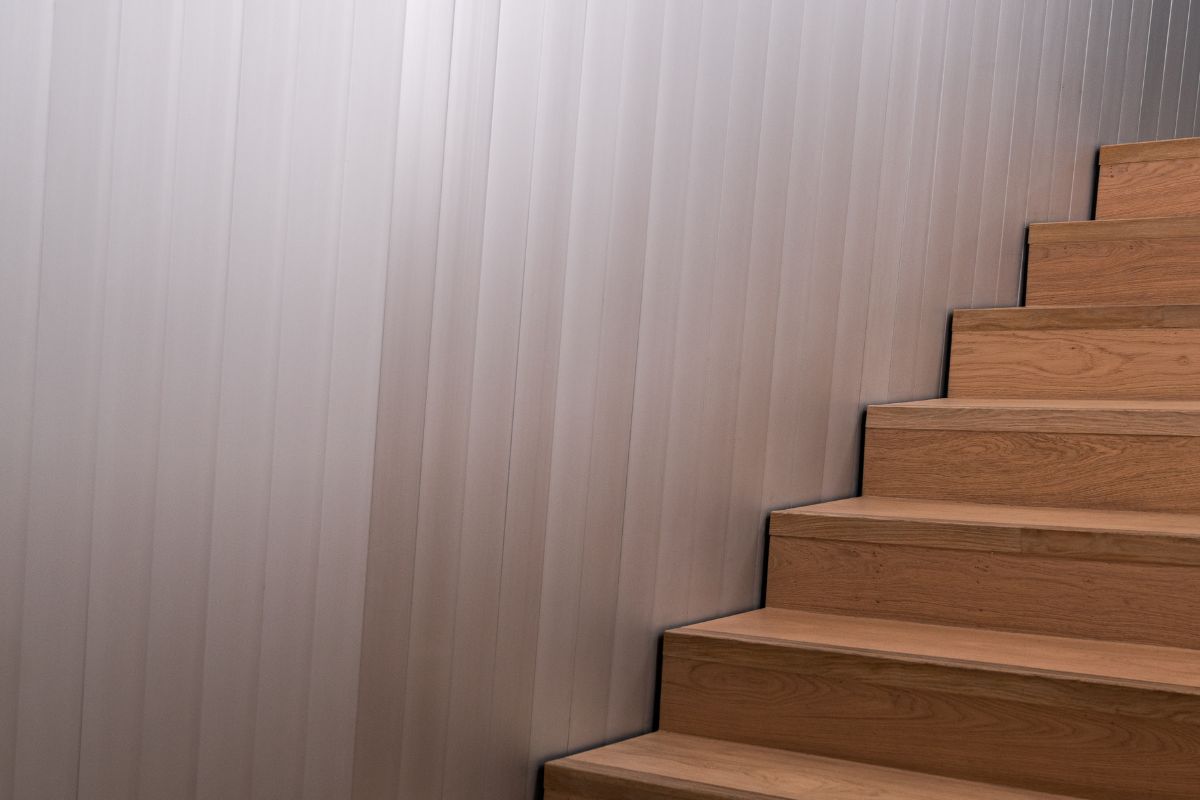The exterior of a building faces a constant battle against the elements. Harsh weather conditions, including rain, snow, wind, and intense sun, can affect a structure’s appearance and integrity. This is where aluminium wall cladding comes into play, offering a resilient and protective shield against nature’s forces. This article will explore how aluminium cladding stands up to harsh conditions and why it’s a preferred choice for architects, builders, and property owners.
Durability Beyond Compare
Resisting Corrosion
Aluminium is naturally corrosion-resistant, making it an ideal choice for withstanding rain, humidity, and saltwater exposure. This resistance ensures the cladding retains its structural integrity and aesthetic appeal even in coastal or high-moisture environments.
UV Radiation Resistance
Intense sunlight and UV radiation can cause fading, discolouration, and degradation of building materials over time. Aluminium wall cladding is designed to resist UV damage, maintaining its original colour and finish for many years. This feature is especially crucial in sunny and arid regions.
Protection Against Moisture
Waterproof Barrier
Effective moisture management is essential for the long-term health of a building. Aluminium wall cladding acts as a waterproof barrier, preventing rainwater from seeping into the building’s structure. This protection helps prevent mould growth, rot, and other water-related issues compromising a building’s integrity.
Preventing Rust And Rot
Unlike materials such as wood or steel, aluminium does not rust or corrode when exposed to moisture. This characteristic ensures that the cladding remains intact and functional, protecting the building’s underlying structure from the damaging effects of water.
Strength And Stability
Resistance To Wind And Impact
Aluminium is renowned for its strength-to-weight ratio. It can withstand high winds, heavy rain, and even hail, offering robust protection against the forces of nature. Its durability also means it can resist damage from flying debris or impacts, making it an ideal choice for regions prone to storms.
Structural Integrity
Aluminium wall cladding is designed to provide additional structural stability to a building. It can be used as a component of a rainscreen system, which improves ventilation, reduces moisture buildup, and enhances energy efficiency. This combination of protective and structural properties contributes to the long-term health of the building.
Low Maintenance And Longevity
Minimal Upkeep
The low-maintenance nature of aluminium wall cladding is a significant advantage. It requires little more than occasional cleaning to maintain its appearance. This minimal upkeep saves time and effort and reduces ongoing maintenance costs.
Long Lifespan
Aluminium is known for its longevity. Aluminium wall cladding can last several decades when properly installed and maintained. Its resilience to the elements ensures that it continues to provide protection and aesthetic appeal year after year.
Versatile Design Options
Design Freedom
Aluminium wall cladding offers various design options, including finishes, textures, and colours. Architects and designers can exercise their creativity to achieve the desired aesthetic for the building’s exterior. This versatility makes aluminium wall cladding suitable for modern and traditional architectural styles.
Sustainable Choices
In addition to its durability, aluminium wall cladding is a sustainable choice. It is fully recyclable, which reduces its environmental impact. Aluminium cladding can contribute to a greener building design and align with sustainability goals.
Conclusion
Aluminium cladding is a stalwart defender against the harshest weather conditions Mother Nature can unleash. Whether designing a contemporary skyscraper or a timeless architectural masterpiece, aluminium wall cladding is a reliable and versatile solution that weathers the elements gracefully and resiliently. It’s a choice that not only safeguards your investment but also contributes to the enduring beauty and structural integrity of your building.
















